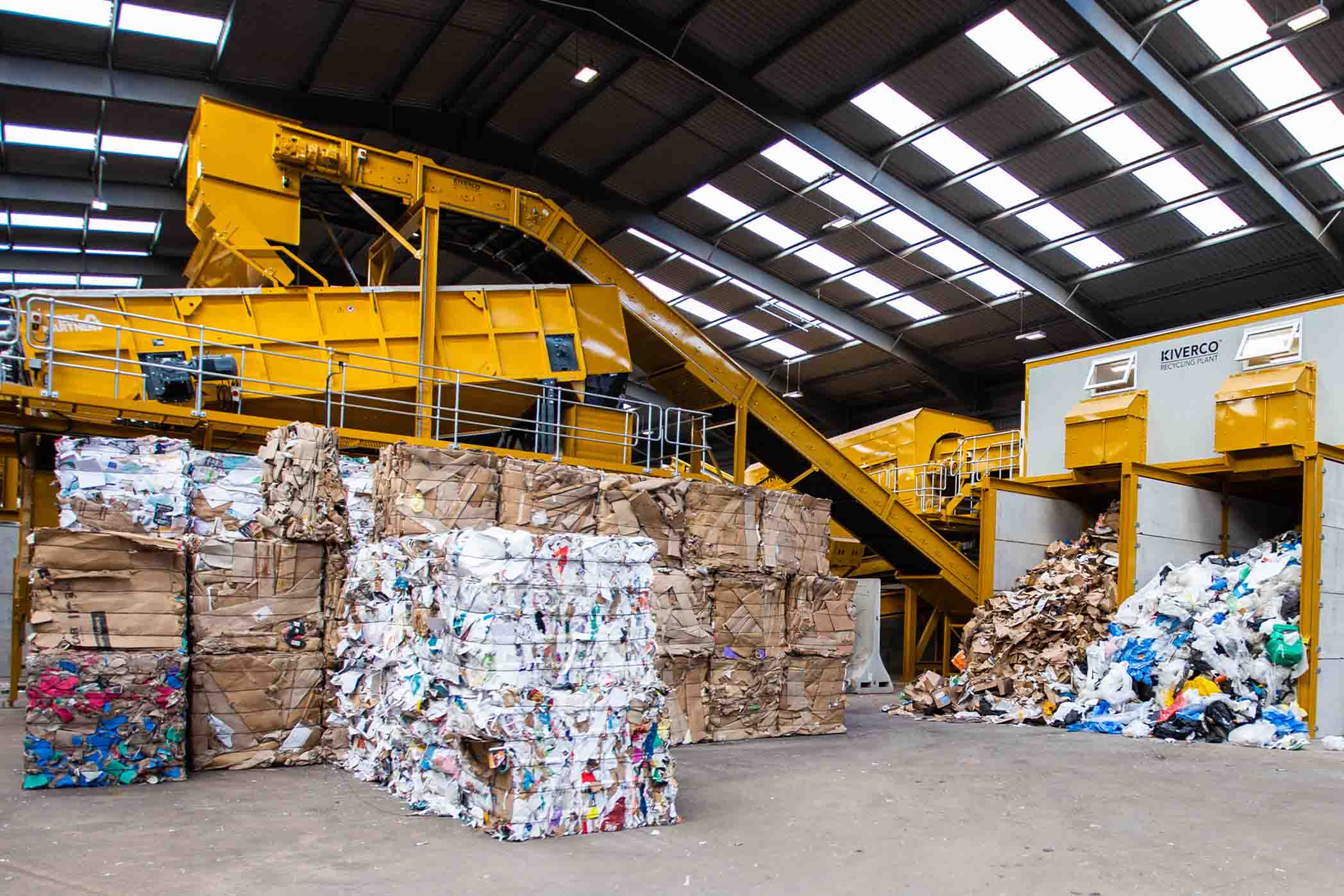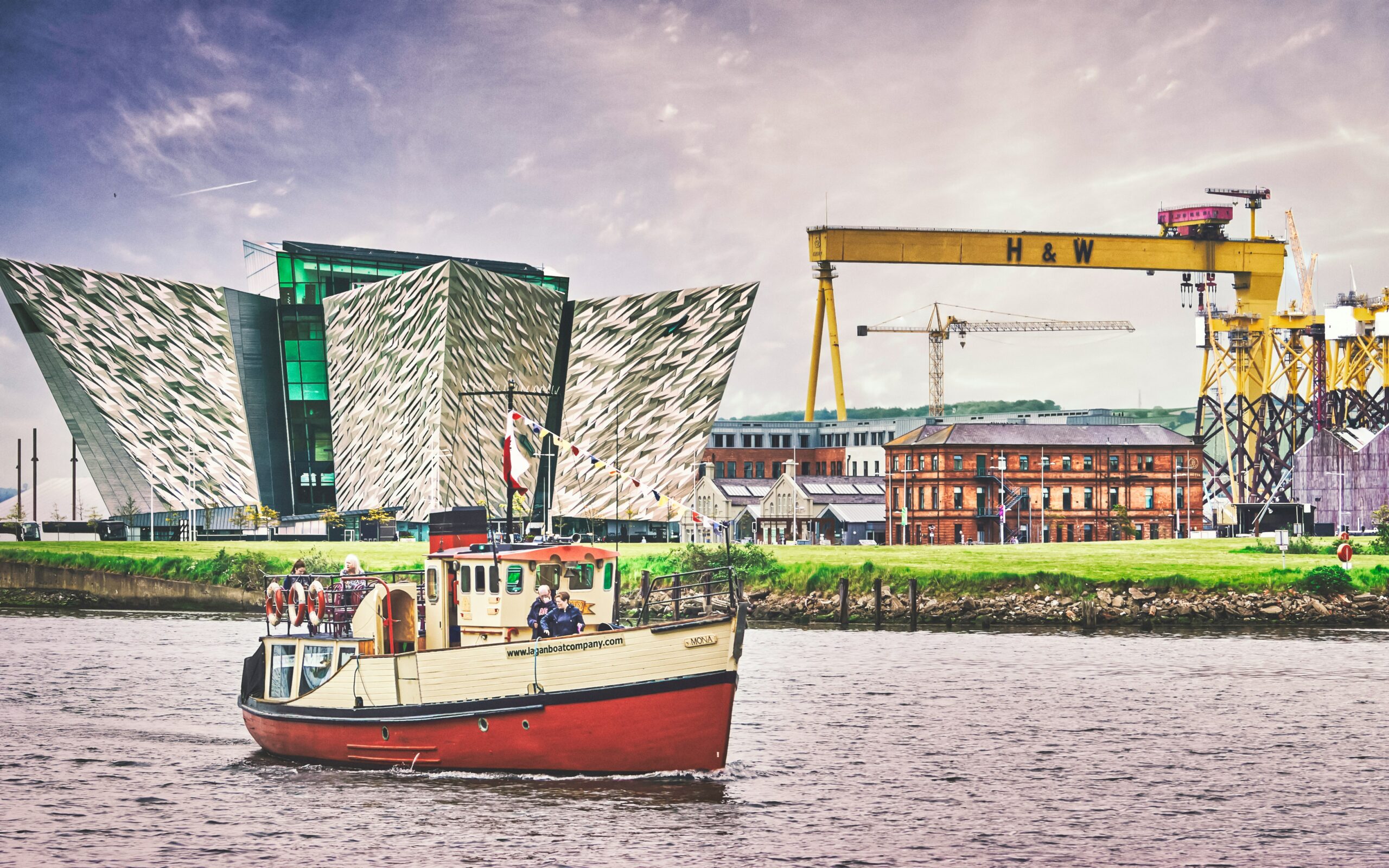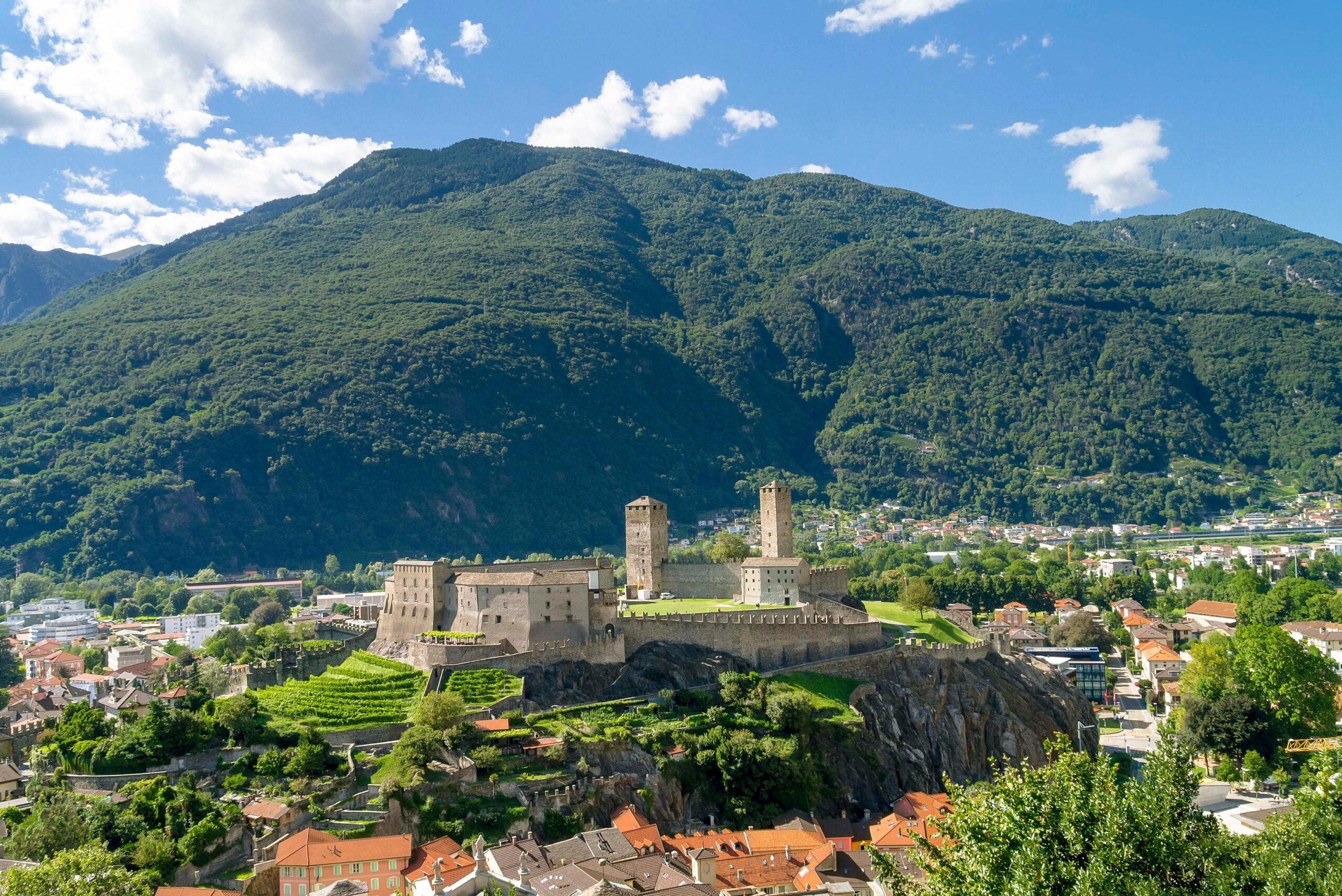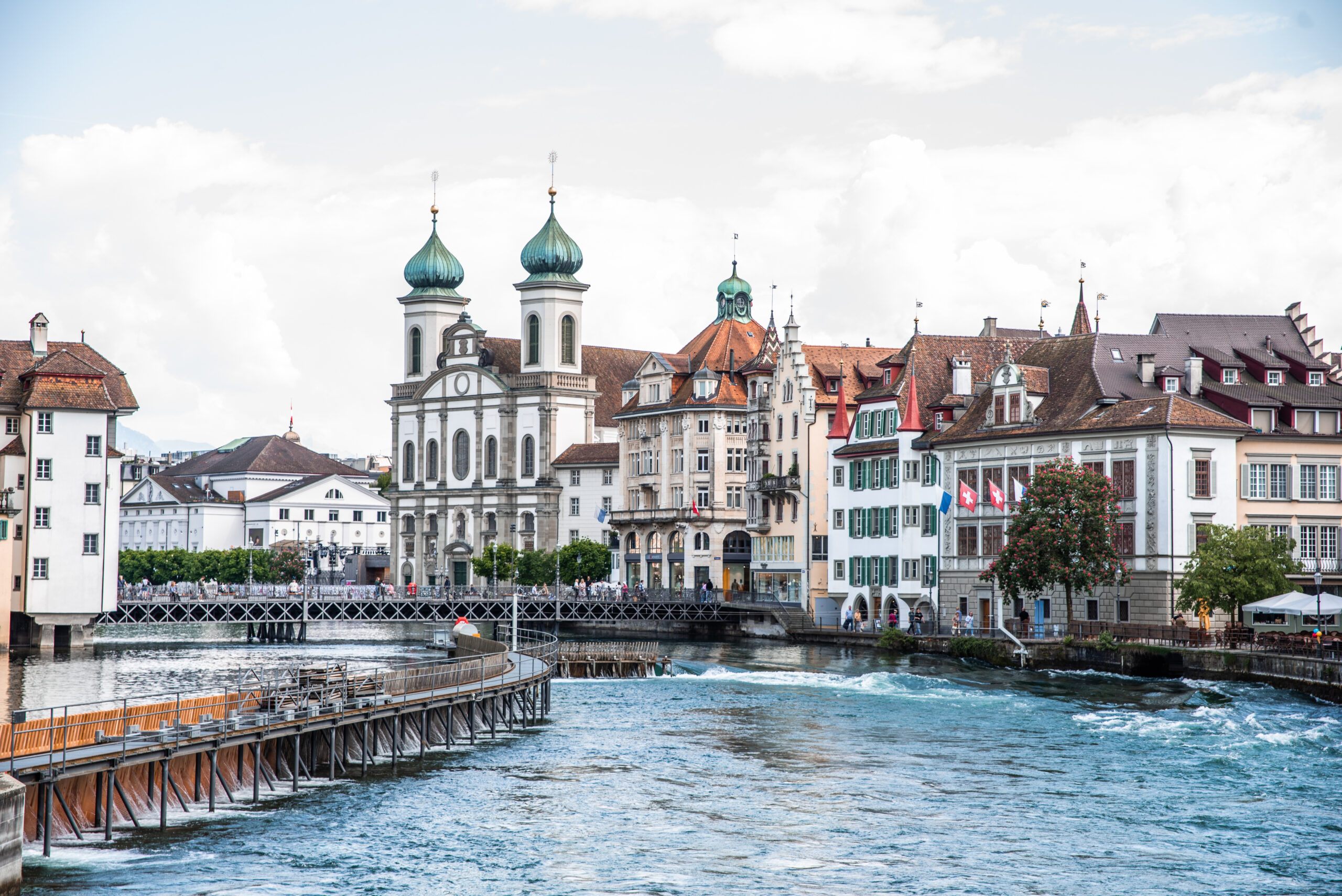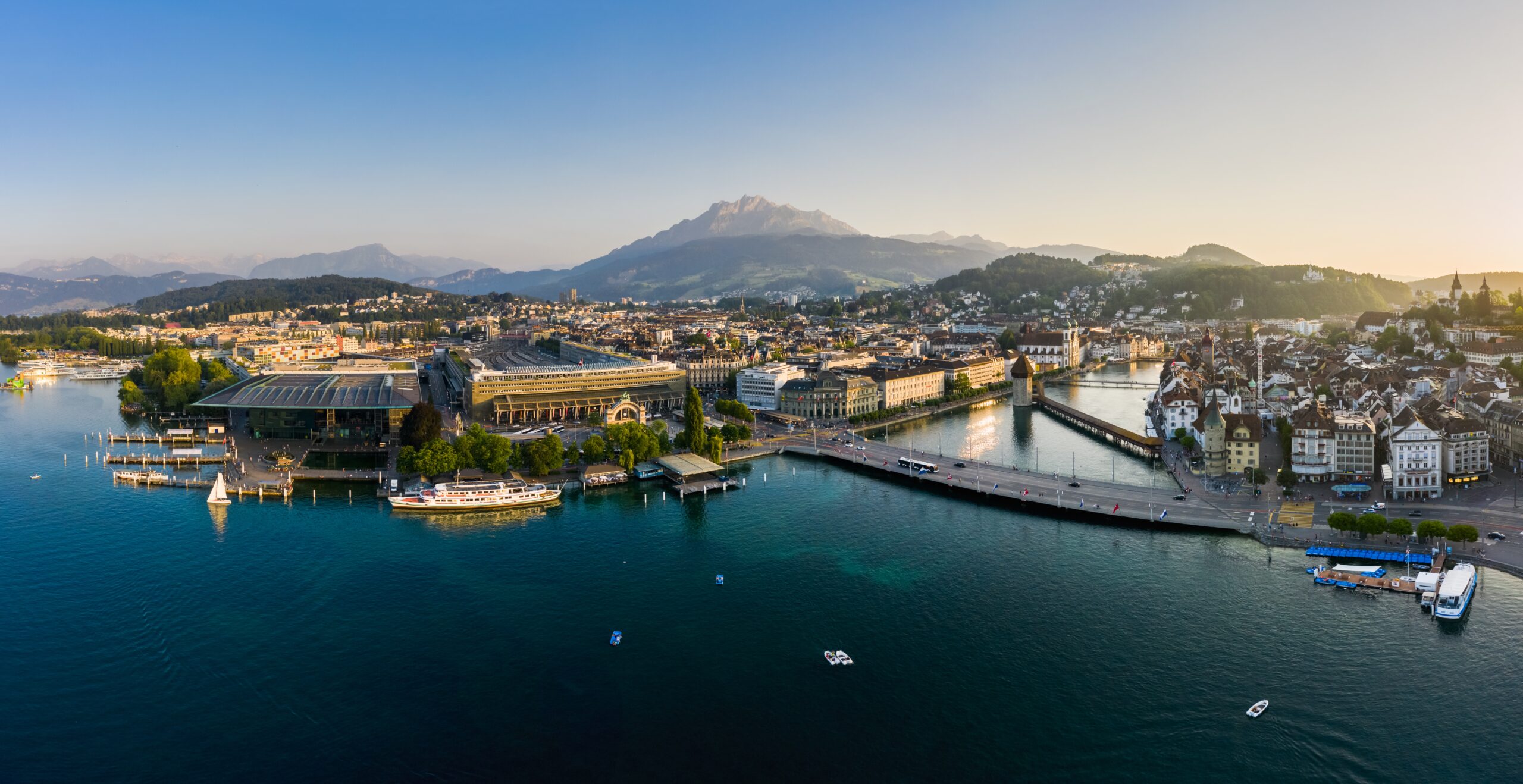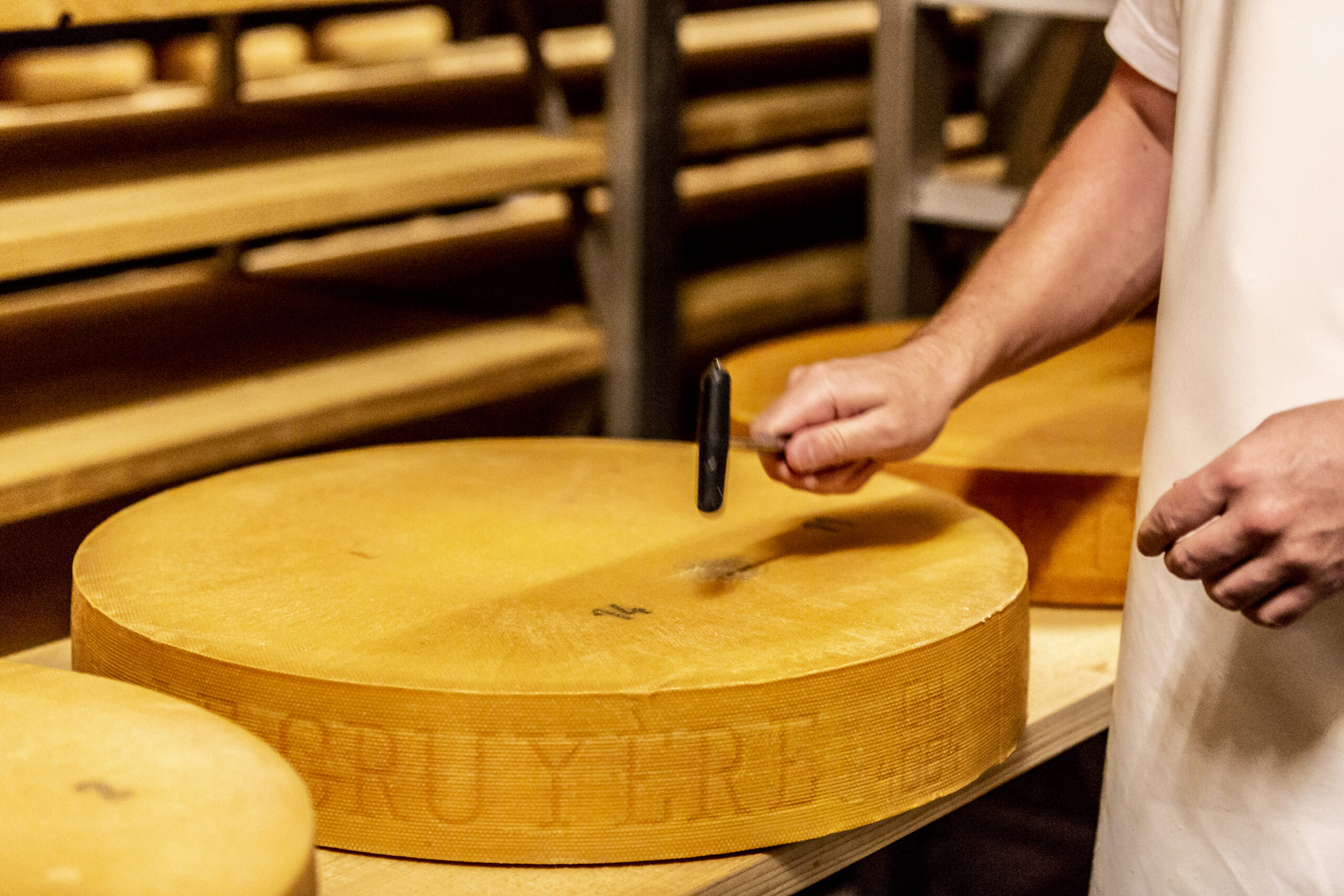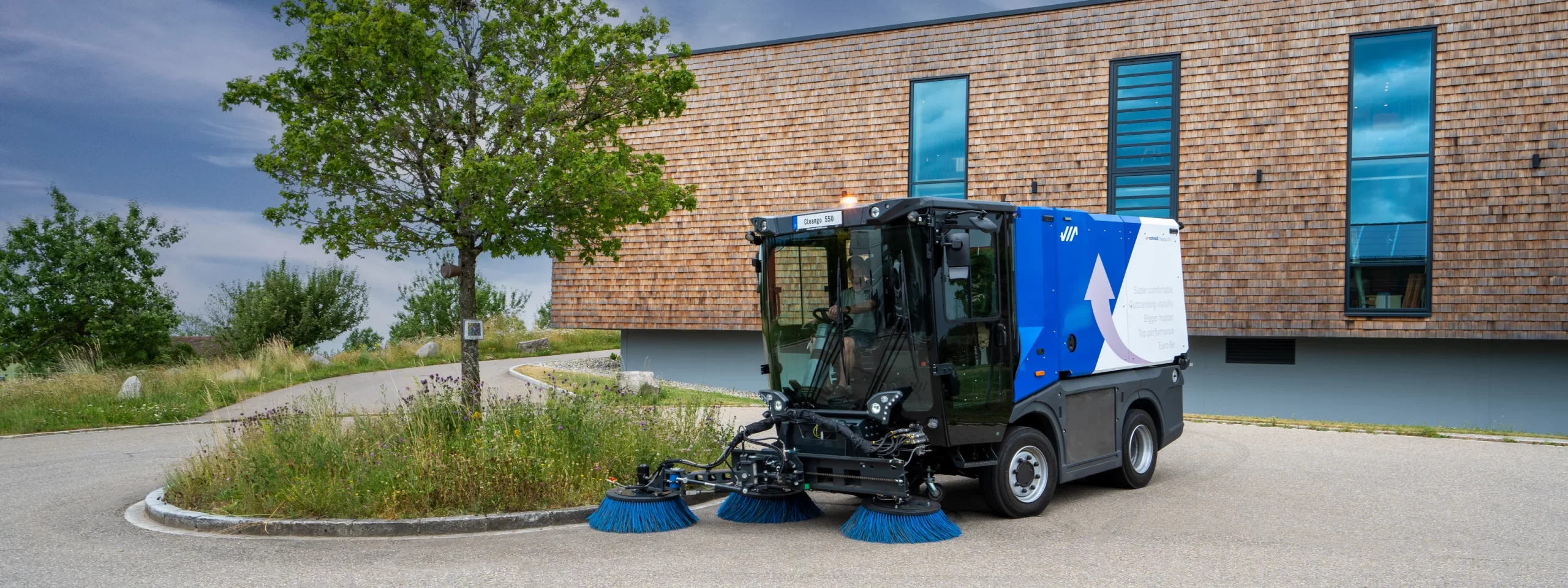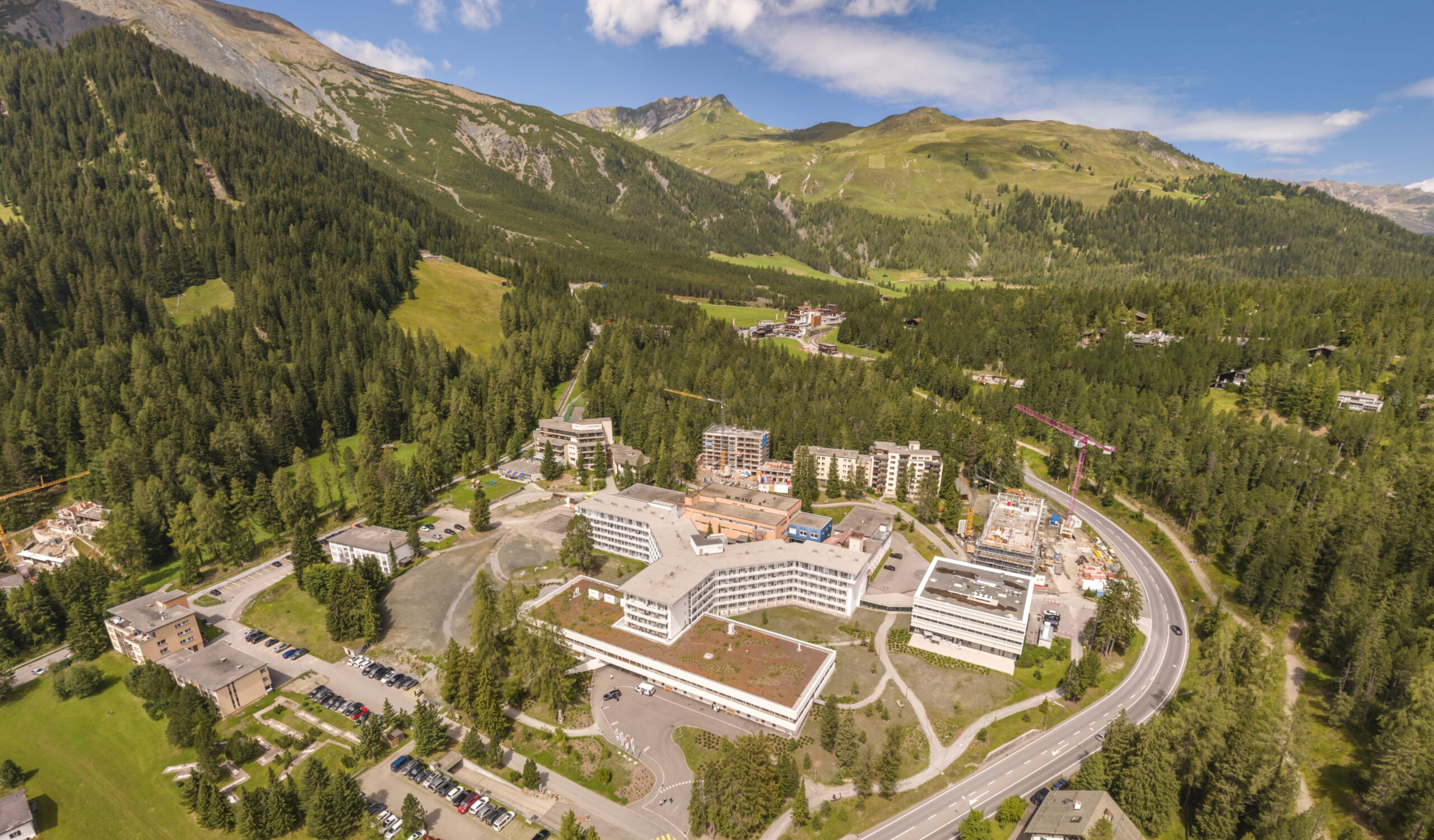
A view of the town Carlow in the south-east of Ireland. Carlow is striving to ensure that all community facilities and services are conveniently accessible within a 10-minute walk or cycle from residents’ homes, or via efficient public transport services that connect people to larger urban centers
The Southern Region of Ireland is on track to be one of Europe’s most creative, innovative, liveable, and greenest regions. It is a beautiful region endowed with great natural amenities including mountains, dramatic coastlines, and towns and villages full of character. The South of Ireland is renowned as a great place to live, work, do business, and unwind. Home to three of Ireland’s five cities – Cork, Limerick and Waterford, it is a dynamic place and is projected to grow by 25% by 2040.
Through the innovative Regional Spatial and Economic Strategy developed by the Southern Regional Assembly, the region is on track to progress to a highly developed sustainable region with the best of urban and rural living within easy reach. The region’s three cities are the driving force in this ambition and are projected to grow by over 50% in the next twenty years with significant investment in supporting infrastructure – transportation, communications technology, social, and community infrastructure.
With five universities, as well as further education institutes, it has a highly educated cosmopolitan workforce. Supported by good connectivity through four international airports (including direct flights to the USA through Shannon Airport), ports, and high-speed broadband, the region has attracted significant foreign direct investment (FDI) from companies including, Apple (employing nearly 7,000 people at their European Headquarters in Cork), Johnson & Johnson, Jaquar, and Logitech. Evidence suggests that this trend will continue due to strong performance of the Southern Region’s economy when compared to other Irish and EU regions.
The Southern Region embraces its connection to Europe, and with support from the EU in the form of the European Regional Development Fund, it continues to invest in advancing research, smart specialization development, and innovation capacity. This strategy is strongly connected to the availability of human capital, and contributes to the transition to a low carbon economy and sustainable urban development.
As the region covers over 42% of Ireland and includes both urban and rural areas, there is extensive potential for clean renewable electricity both offshore and onshore. The Southern Region is on track to become a decarbonized, smart region by 2040 with the ambition to export significant surplus clean electricity to Europe. The Southern Region is also driving the concept of a Smart Southern Region expanding on Smart City initiatives to towns, villages and rural areas – focusing on people and place rather than just technology, it relies on cross-sectoral collaboration in order to create vibrant, sustainable, and liveable communities.
Standing proud on the western edge of Europe, the Southern Region faces the future with confidence in its ability to play its part in the transformation of a region to harness its natural beauty and tradition while at the same time looking forward to taking its place at the forefront of change in Europe.

A conversation with David Kelly, Director of Ireland’s Southern Regional Assembly, a regional tier entity of government driving the transformation of Ireland’s southern region through strategic planning, visionary leadership, and a steadfast commitment to fostering sustainable growth and prosperity for all its citizens.


What is the role of Ireland’s Regional Assembly?
David Kelly: The Southern Regional Assembly, is one of three regional assemblies in Ireland. They each have a significant role in advocating for regional development, and achieving balanced regional development. We primarily utilize two major tools – a regional investment program, co-funded by the European Regional Development Fund, and regional spatial and economic planning. Our goal is to address the imbalance in development that has been heavily centered around Dublin, leading to issues such as congestion and challenges for other areas in Ireland. Infrastructure development is crucial for making a region attractive for businesses and supporting their growth. Therefore, the Southern Regional Assembly is focused on enhancing connectivity, including roads, railways, and airports, as well as fostering our enterprise ecosystem. This also involves linking research and innovation institutions effectively. Historically, the majority of investment has gone to Dublin due to its population size and economic activity. We aim to redistribute this investment more evenly to support infrastructure in other areas.
What should Americans remember about Ireland’s Southern Region?
David Kelly: The Southern Region has enormous potential for attracting businesses and investments. We have three of Ireland’s national cities within our region, and numerous thriving towns. Our educational infrastructure, including universities and technological institutes, is well-developed. This, combined with our focus on a knowledge-based economy, makes us an attractive destination for investment.I would underscore our region’s rich history of Irish-American relations, marked by the presence of numerous influential American companies including Apple’s European Headquarters based in Cork, and Johnson & Johnson, one of the largest biotech companies in the world having sites across Cork, Limerick and Galway. Our resolute commitment is to cultivate and elevate these connections. Moreover, we are steadfast in our mission to unlock our region’s untapped potential and amplify its role in propelling Ireland’s growth and progress, solidifying its status as an exceptionally appealing hub for businesses and investments.
Exploring Three Vibrant Cities in Southern Ireland:

Cork: Ireland’s second-largest city, seamlessly intertwines business acumen with a thriving tourism sector. Its strategic location on the south coast, and well-connected infrastructure make it a prime destination for trade and investment. The city’s diverse economy spans technology, pharmaceuticals, and agribusiness, fostering innovation and attracting global corporations. Meanwhile, tourists are drawn to its rich cultural heritage, vibrant culinary scene, and scenic landscapes, from the historic Blarney Castle to the stunning Wild Atlantic Way. Cork, a city where business opportunities flourish and tourism experiences captivate, stands as a dynamic gem on Ireland’s southern shores.

Limerick: Nestled along the picturesque River Shannon, Limerick hosts a thriving knowledge economy, with a focus on information technology, finance, and pharmaceuticals. The city’s prestigious universities and research centers fuel innovation and draw talent, making Limerick an attractive destination for forward-thinking businesses. Simultaneously, Limerick’s rich history, seen in landmarks like King John’s Castle, blends seamlessly with a modern arts and culture scene. This fusion creates a unique tourism experience, drawing visitors to explore its medieval streets, enjoy traditional music, and revel in its dynamic, contemporary vibe.

Waterford: Ireland’s oldest city, stands as a global center for crystal production, boasting a legacy of craftsmanship that continues to draw international attention. In the business realm, Waterford’s strategic location, infrastructure, and focus on manufacturing and technology make it a magnet for industries seeking excellence. On the tourism front, the city’s maritime history, exemplified by the Viking Triangle and Waterford Museum of Treasures, enthralls history enthusiasts. Waterford’s synthesis of business excellence and historical charm ensures its enduring allure for both commerce and leisure.

